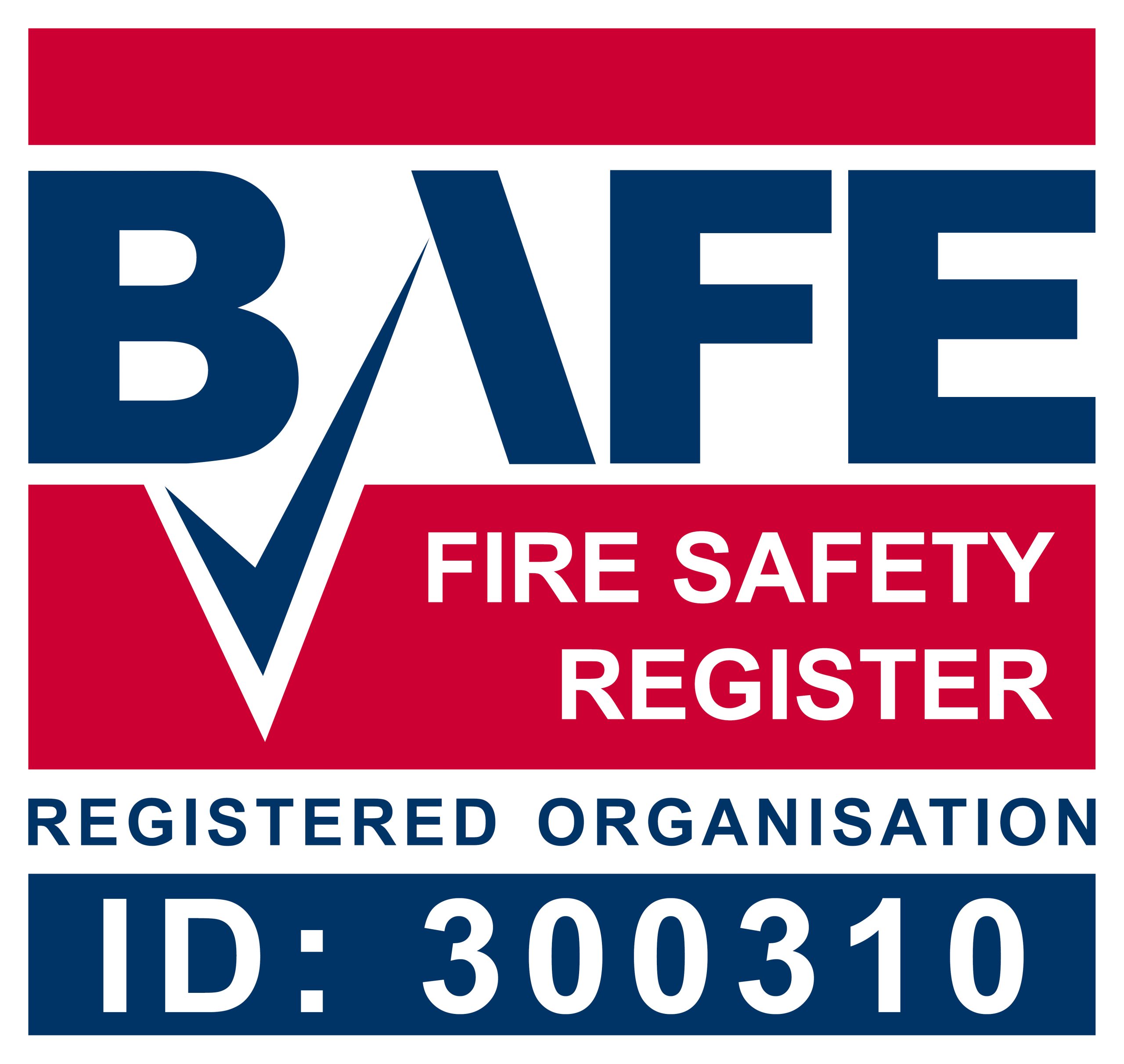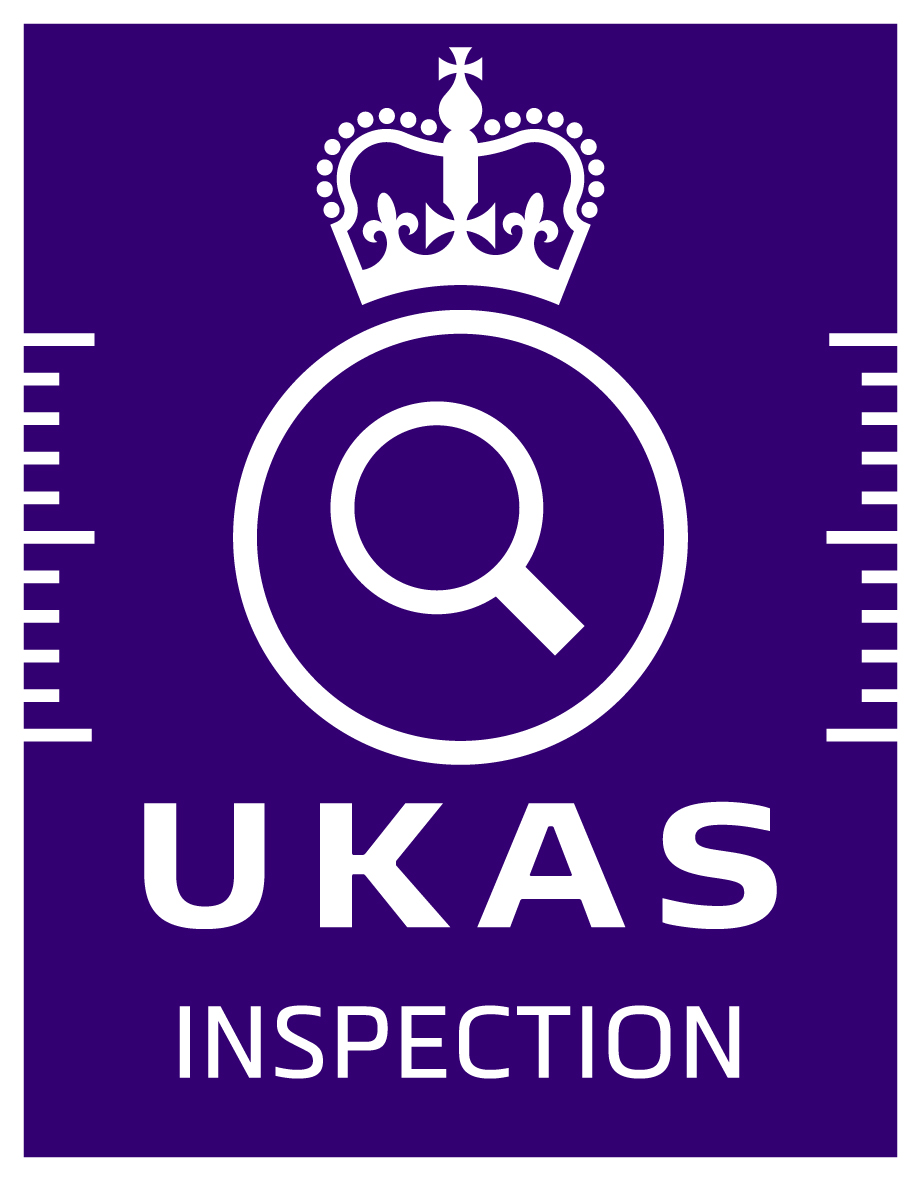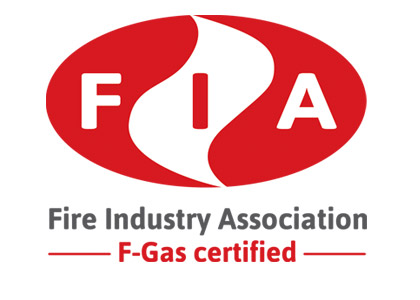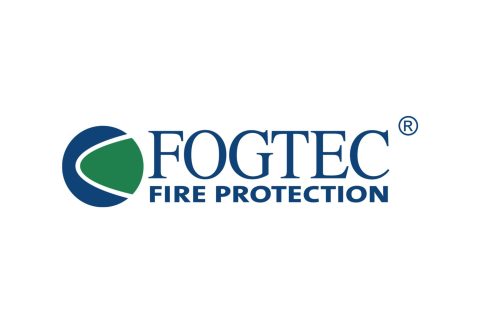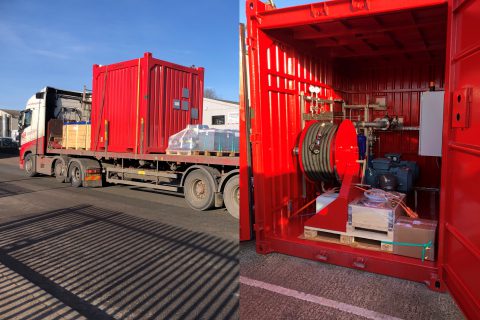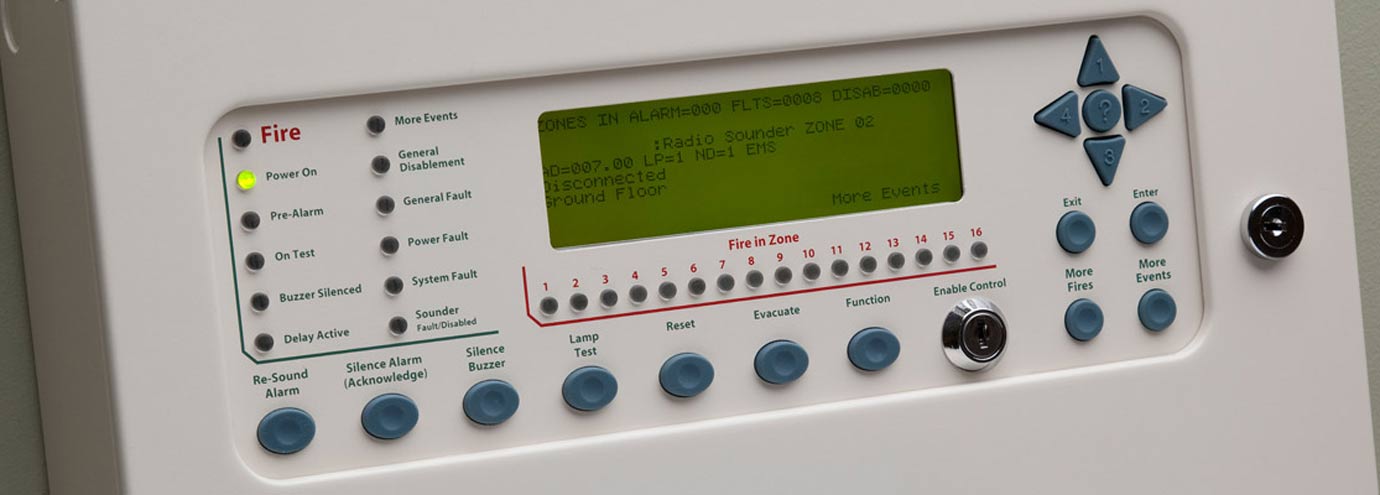
Same Day Dispatch on
Orders placed before 2 PM
International Delivery
Find out more
Sales & Support
Call: 01493 440464
Secure Payments
Major Credit Cards Accepted
Fire Alarm Categories
Eight categories of systems are defined under BS 5839-1 according to whether the system is purely manual or incorporates automatic fire detection, and, if automatic, the purpose and extent of the detection.
The eight categories of the system are:
Category M systems:
These are manual systems and therefore, incorporate no automatic fire detectors.
Category L systems:
These are automatic fire detection systems intended for the protection of life. They are further subdivided into the following subcategories of the system as follows:
Category L1:
Systems were installed throughout all areas of the building.
Category L2:
Systems installed only in defined parts of the building, including all parts necessary to satisfy the recommendations of the code for a
Category L3 system:
The additional areas protected, over and above those protected in a Category L3 system, are those where there is either high likelihood of fire starting or a high risk to life if fire does start.
Category L3:
Systems designed to give warning of fire at an early enough stage to enable all occupants, other than possibly those in the room of fire origin, to escape safely, before the escape routes are impassable due to the presence of fire, smoke or toxic gases. To satisfy this objective, other than in the case of very short corridors, fire detectors need to be installed in all rooms or areas that open onto the escape routes.
Category L4:
Systems installed within those parts of the escape routes comprising circulation areas and circulation spaces, such as corridors and stairways.
Category L5:
Systems in which the protected area(s) and/or the location of detectors is designed to satisfy a specific fire safety objective (other than that of a Category L1, L2, L3 or L4 system).
Category P systems:
These are automatic fire detection systems intended for the protection of property, with two subcategories:
Category P1: Systems installed throughout all areas of the building.
Category P2: Systems installed only in defined parts of the building.
